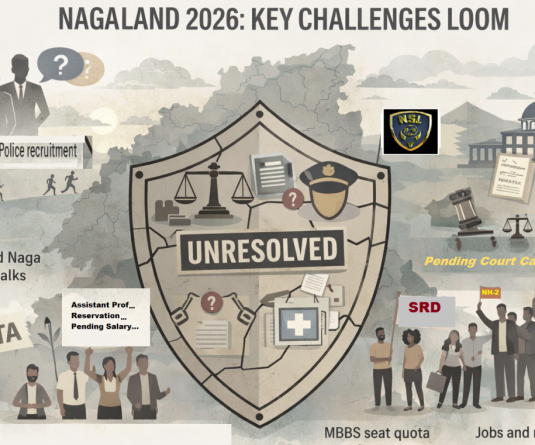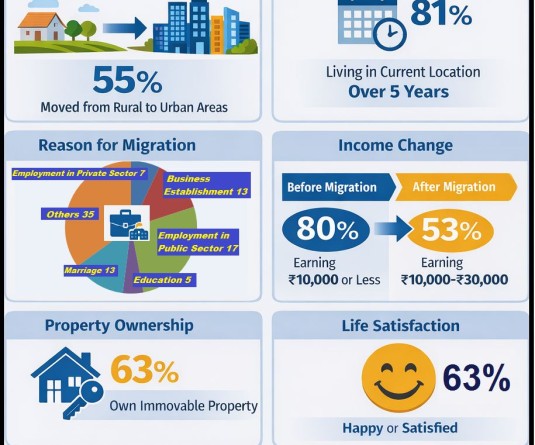A rag-picker peers into a street dustbin in Dimapur, on Thursday, June 11, on the eve of ‘World Day Against Child Labour’. The International Labour Organization (ILO) has estimated that some 165 million children are engaged in child labour. This year, the World Day Against Child Labour, to be observed on June 12, will address the need for action to tackle the worst forms of child labour. (Photo/Caisii Mao)

Morung Express News
Dimapur | June 11
Trapped in a cycle of poverty, reports indicate that thousands of children from poor backgrounds in Nagaland are trapped in the vicious trade of child labour. According to a survey being conducted by the Labour Department, it is reported that there are more than 9000 cases of child labour till date mainly concentrated in urban areas like Dimapur, Kohima and Mokokchung. The survey also identified domestic help as the main sector in which child labour is employed.
In other parts of the country, child labour is counted by the number of children engaged illegally in industrial work. But in Nagaland, the child labour force is considered ‘invisible’. Notwithstanding these conditions, child trafficking has become one of the fastest growing businesses in Nagaland. Many children are lured by traffickers into urban areas with promise of good education and a better life. Seen as an opportunity to earn easy money, parents give away their children as invisible child labourers.
A media report in 2008 stated that child traffickers charge from the clients a sum of Rs.3000 to 3500 per child and after deducting a large amount for fare, the parents are paid Rs.1000 at the most. The report further mentioned that most of these children who are employed as household help are not paid any salary and simply work for the most basic needs like food, clothes and a place to sleep. In some cases the parents are paid through some arrangements annually or the children take home some cash and gifts when they return home during vacations. The report further indicated that the persisting problem has not deterred parents from sending their children outside, and many from places like Mon, Tuensang and Myanmar continue to be trafficked into towns.
Responding to the urgent need for awareness among Nagas, World Vision of India initiated a campaign in Mon last week on child rights. Covering twelve villages and over 10,000 people, World Vision sensitised people on the right to education. The issue of child rights cannot easily be addressed to people living in remote areas and therefore the campaign focused more on the need for education. Reporting that people in the government sector contribute largely to the employment of child labour, the need to counter such practices is felt essential for World Vision of India. World Vision of India also senses the need for implementing the National Child Labour Project in all districts of Nagaland so that Nagas become more accountable to the issue of child labour.






